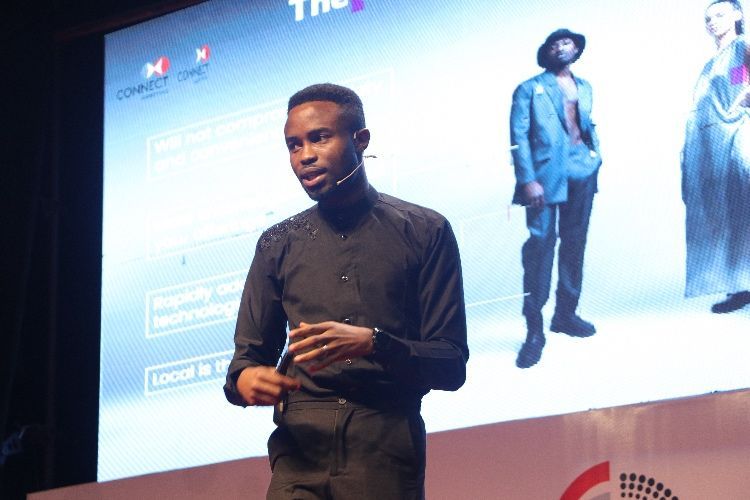Aizehi Itua is the Founder of Aimone Company.
In an era defined by interconnection and a need for meaningful relationships, businesses are understanding the critical relevance of emotional connections in the pursuit of recognition, distinction, and consumer preference. The struggle has shifted from products and services to establishing connections that secure a prized position in the consumer’s mind, heart, and, eventually, wallet. Content and interaction have become essential fuels in the currency of brand expression and conversation.
In this environment, the art of storytelling emerges as a critical tactic. However, in a world where attention is precious, the difficulty is to tell a large story in digestible chunks that engage without becoming overwhelming. A transformative method entails communicating the brand narrative through several channels.

Storytelling remains a powerful strategy and this article aims to examine it from the perspectives of individual stakeholders, emphasising its transformative capacity to authentically engage consumers and establish lasting connections in an era driven by the search for meaningful relationships.
Every stakeholder weaves a unique narrative into the complicated fabric of a brand, contributing strands that collectively define the story of its existence. Consider the brand to be a massive building, with each player playing a critical role in its construction and significance.
This structure is more than just concrete and steel to the builder; it is a monument to skill, a milestone in their professional journey, and a tangible representation of expertise and dedication. Bringing a concept to life is filled with pride with each brick poured.
The building becomes more than a workplace thanks to the cleaner’s calm diligence. It becomes a chapter in the story of resilience, a place where prosaic tasks fuel educational dreams. Sweeping floors and wiping surfaces became the silent anthem of defiance, blazing the path through academic halls.
The building is more than an architectural ensemble to passersby; it is a navigational landmark, a reassuring constancy in a changing landscape. It stands as a familiar silhouette, guiding them to both known and unknown destinations.

For the entry-level staff, the building transcends its physicality. It is a crucible of dreams, a place where aspirations take shape and professional metamorphosis occurs. Every difficulty overcome here is a step closer to achieving personal and professional objectives.
The management team sees past the facade within the corridors of power. The structure serves as a blank canvas for visions to take shape, as well as a dynamic area for tactics to unfold and the brand’s identity to change. It is more than just a structure; it is the theatre where their collective ideals are realised.
This approach to brand storytelling, which delves into the different tales of stakeholders, provides a rich source of inspiration for marketing initiatives and fosters stakeholder engagement. Marketing efforts generate authenticity and resonance by including the personal experiences of each stakeholder.
This method humanises the brand, making it more relatable and emotional. When they recognise their stories inside the brand narrative, stakeholders are more likely to experience a profound connection and sense of ownership. As a result, individuals see themselves not just as participants but as vital contributors to the brand’s continuous narrative, generating a community that is enthusiastic, committed, and invested in the brand’s journey.
A short documentary by Dangote in which the engineer in charge of the Obajana-Kabba road spoke about his experience as well as his impact on the local community, with perspectives from the locals, is a vivid example of this.

A brand acquires depth and resonance by identifying and embracing these unique narratives. Every stakeholder, from the builder to the bystander, adds a layer to the unfolding story. A brand does more than communicate when it tells these stories; it also resonates, promoting connection and understanding. It evolves from a static entity to a living, breathing chronicle—a story told from a variety of perspectives, always evolving and always captivating.
In conclusion, a brand story can get its colour and life from the different experiences of the people involved. It’s through their stories that we really get what the brand is all about, making every moment part of a bigger story. This kind of storytelling isn’t just about tracking the brand’s path; it’s an open invite for everyone actively working within the brand to be a part of its history.
When the tales of those who shape the brand weave together, they create a shared journey where values are put into action, promises are kept, and each person’s story highlights the brand’s lasting mark.
In the business world today, where human connection has begun to count more and more, telling these stories is not just the smart thing to do, but the bedrock of strong, lasting relationships. That’s how a brand grows from merely being transactional into something alive that grows, breathes, and flourishes in the lives of the people it reaches.





